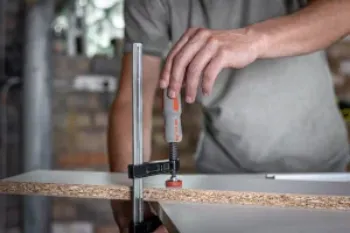Clamps play a vital role in woodworking and assembly projects, and it is commonly emphasized that having an ample supply of them is essential. Among the various clamp types available, G Clamps are widely used and appreciated. Ranging in size from 50 to 300mm, these clamps are renowned for their strength and durability, capable of withstanding years of heavy use. To ensure their longevity, it is recommended to opt for reputable brands featuring threaded shafts with square profiles. When working with wood, using a piece of timber as a pad during clamping helps prevent any unsightly marks on the wood surface.
G Clamp

For projects requiring extended reach, F Clamps become indispensable. Just as robust as G Clamps, they offer the added benefit of being available in longer sizes. To safeguard the timber from potential marks, F Clamps are usually equipped with jaw pads. Sash Clamps, on the other hand, are ideal for assembling larger items like cupboards and for gluing up planks to form substantial surfaces like tabletops. Preventing wood bowing during tabletop gluing can be achieved by alternating the clamps above and below the wood. Using plastic sheeting between the clamp and the wood is advisable when wiping the wood with water to remove excess glue, as it prevents corrosion marks.
F Clamp

Sash Clamp

T Bar Clamps are renowned for their strength, representing a more robust version of sash clamps. Thanks to their "T" section design, they are less susceptible to bending when tightened, and popular sizes typically range from 1200 to 1800mm. In contrast, Quick Grip Clamps prioritise speed, featuring a sliding head that can be swiftly tightened using a trigger lever. While not as robust as sash clamps, they offer great convenience and are versatile in various applications.
T Bar Clamp

Quick Grip Clamp
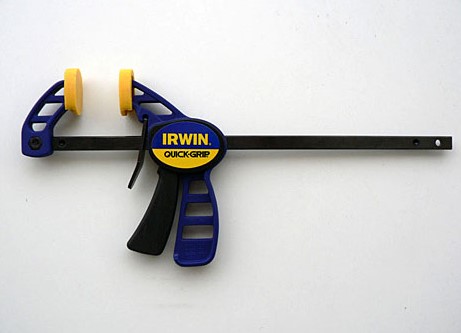
For lighter tasks, Spring Clamps are favoured among woodworkers due to their affordability and ease of use. WEB/STRAP Clamps, employing nylon web straps or metal straps, prove ideal for frames and boxes, securely holding all four sides simultaneously. Parallel Bar Clamps boast several advantages, including a stable clamping area that does not leave marks on the wood, smooth sliding movement, and the option to reverse the head for spreading clamp action.
Spring Clamp

WEB/STRAP Clamp
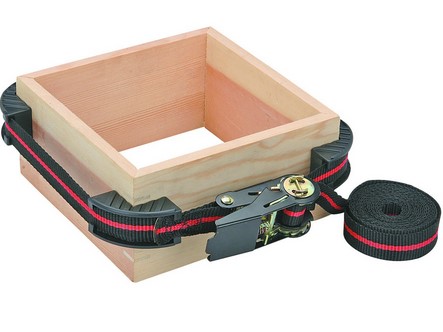
Parallel Bar Clamps
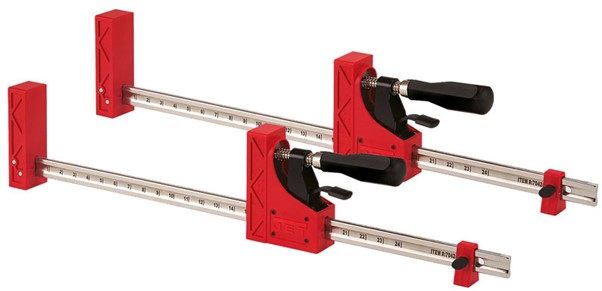
Clamp blocks
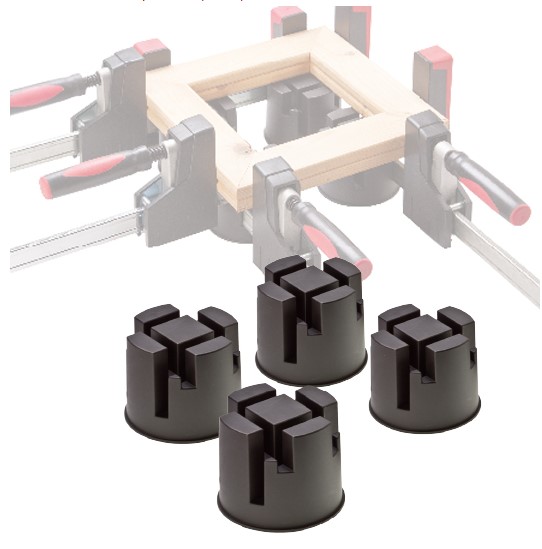
Clamp dog fasteners

When working with veneers and edging, Edge Clamps with three-way clamping action come in handy, though wooden blocks are necessary to prevent marking the wood. For longer clamping requirements, Pipe Clamps offer the advantage of customizability and rigidity, with users supplying their pipes for the desired length. Corner Clamps are particularly useful in assembling chipboard structures, firmly holding boards together to facilitate screwing.
Edge Clamp
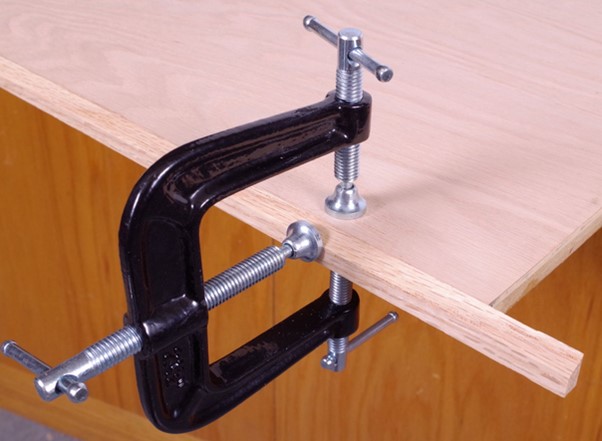
Pipe Clamp
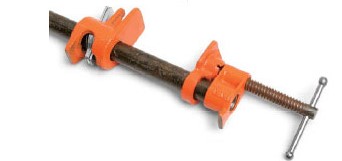
Corner Clamp 1
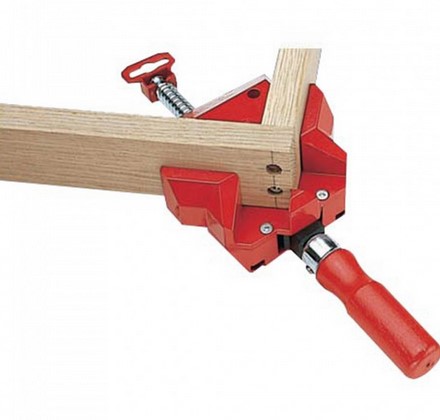
Corner Clamp 2
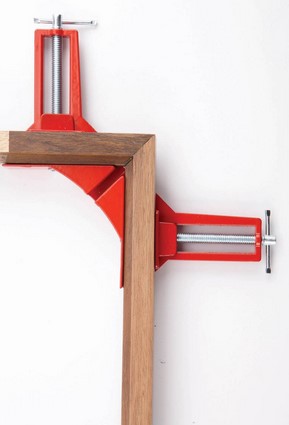
Toggle Clamps find their utility in securely holding wood on benches or jigs, commonly employed with shaper or routing machines and saws for repetitive work. Finally, Wooden Clamps, with a long history predating cast iron clamps, maintain popularity in Europe due to their ability to evenly distribute pressure over a larger surface area, thus safeguarding the wood from damage.
Toggle Clamps
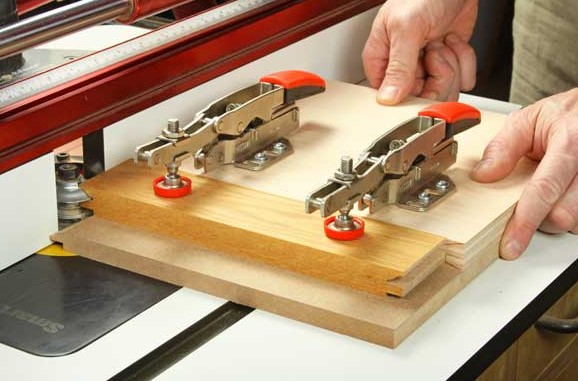
Wooden Clamp


